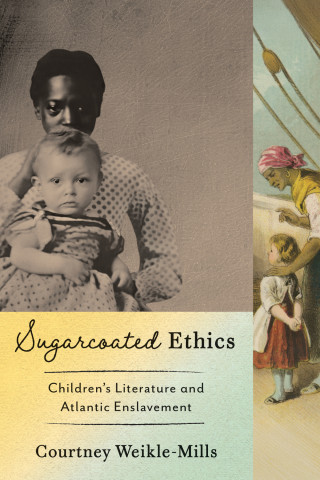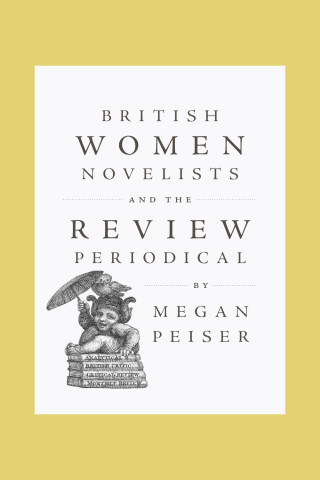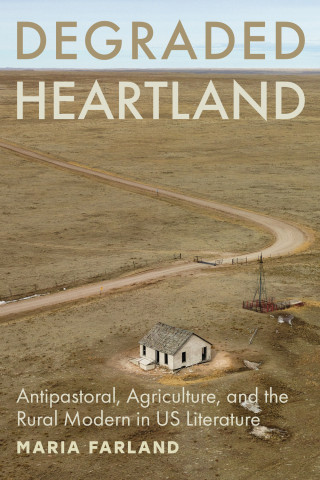
Reviews
A must read for Victorianists interested in politics, the novel, and cultural studies in general.
Morris's forays into imagining cultural and literary constructions of inclusive society in Victorian England are both informed and informative.
A well-researched study.
Morris tells with rigor and intelligence an important story.
This is a striking, original, inventive, and worthwhile contribution to current debates about what cautionary and salutary lessons Victorian mass and high culture have to offer us today. I look to it to spark a productive and impassioned discussion about the relationship between literary notions of the public, the nation, the crowd, and mass culture.
Book Details
Acknowledgements
Part I: Introduction
Chapter 1. Imagining Inclusive Society, 1846–1867: Theoretical Perspectives
Chapter 2. Producing Inclusive Society, 1846–1867: Empirical Histories
Part II
Acknowledgements
Part I: Introduction
Chapter 1. Imagining Inclusive Society, 1846–1867: Theoretical Perspectives
Chapter 2. Producing Inclusive Society, 1846–1867: Empirical Histories
Part II: Inclusive Leadership: Heroes of Domesticity
Chapter 3. Shirley: Charisma or Sincerity?
Chapter 4. The History of Henry Esmond, Esq.: The Hero as Sincere Man
Part III: The Constitution of the Public
Chapter 5. Bleak House: Interested Knowledge and Imaginary Power
Chapter 6. North and South: From Public Sphere to Manipulative Publicity
Part IV: Embodying Mass Culture
Chapter 7. Romola: The Politics of Disinterestedness
Chapter 8. Our Mutual Friend: Visualizing Distinction
Conclusion
Notes
Works Cited
Index





